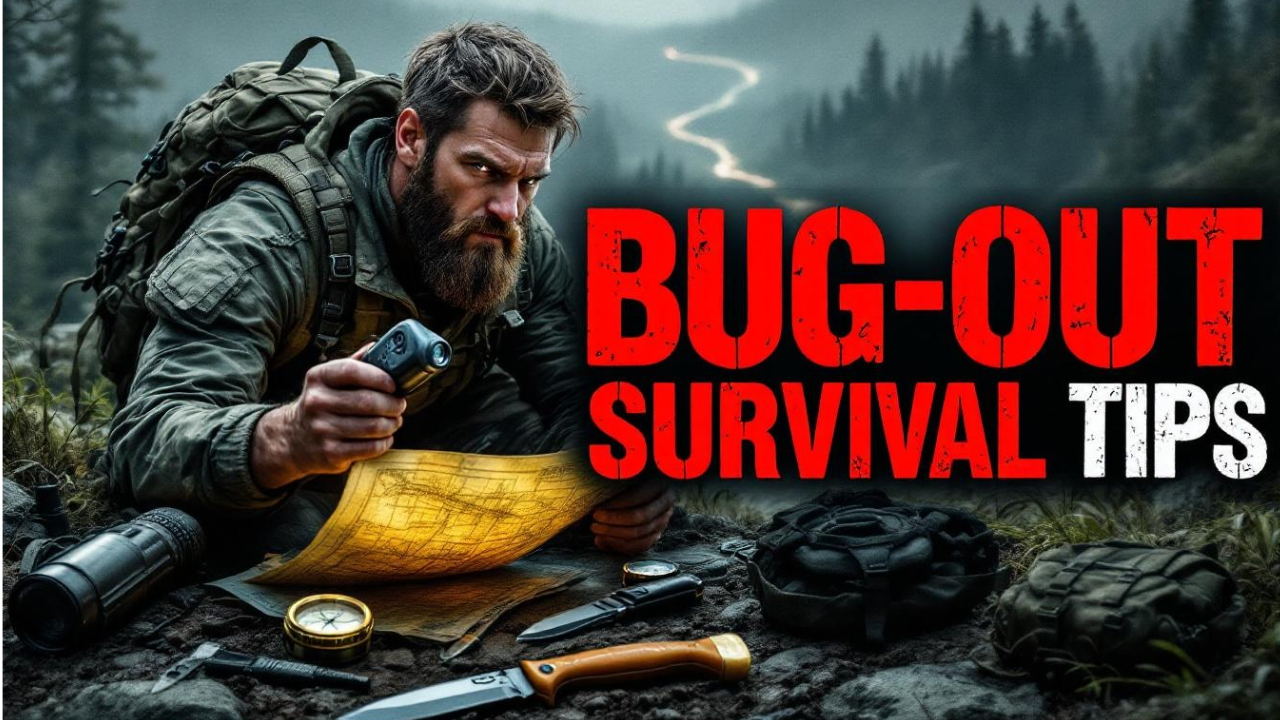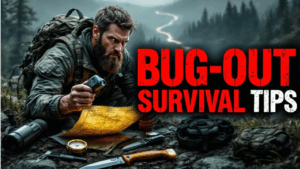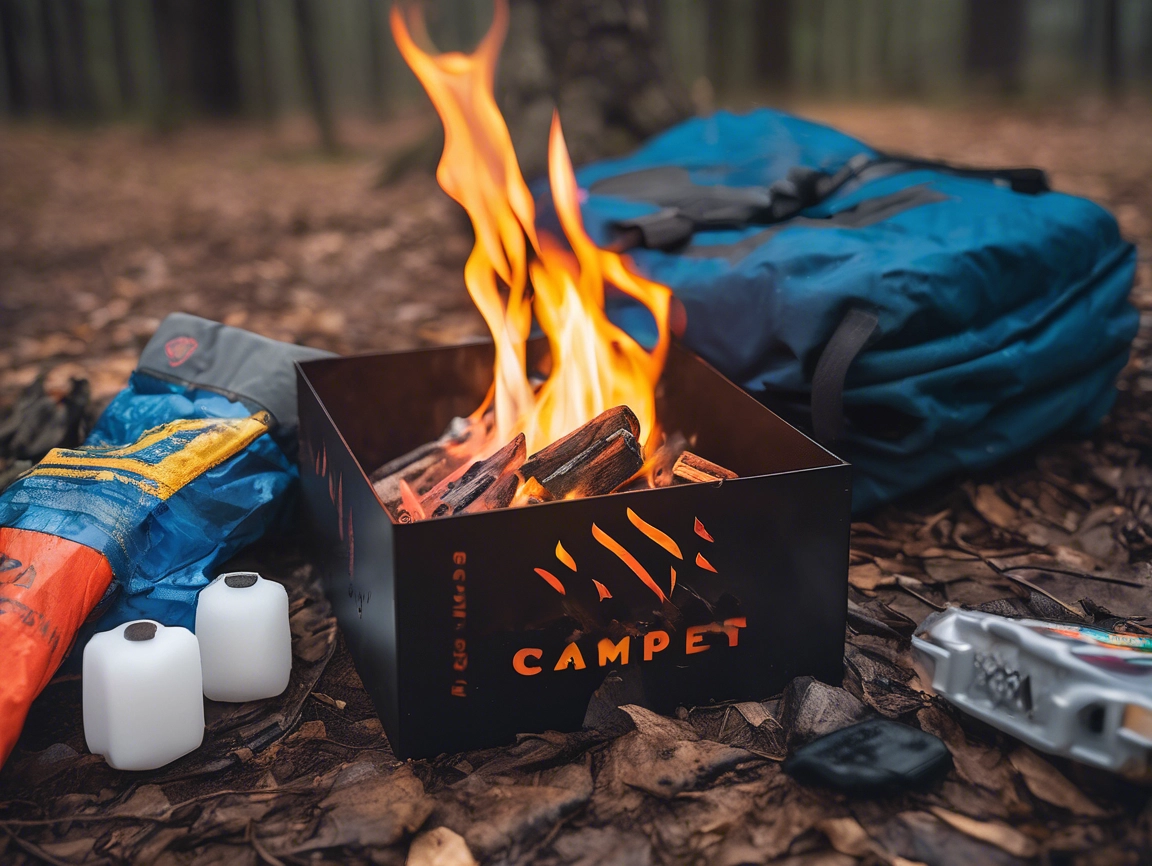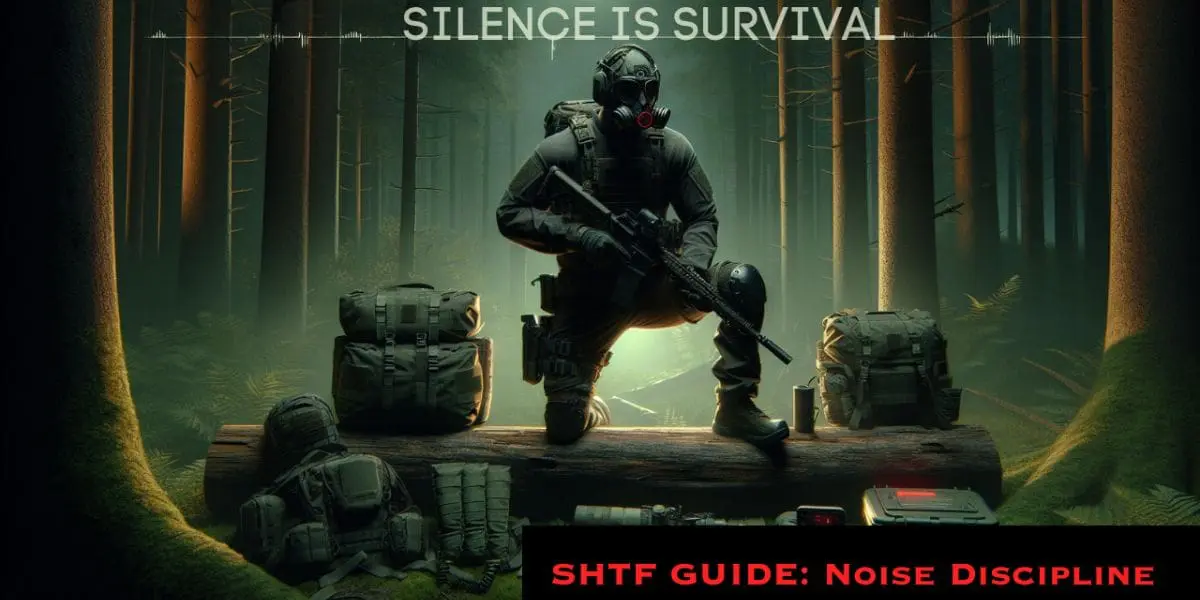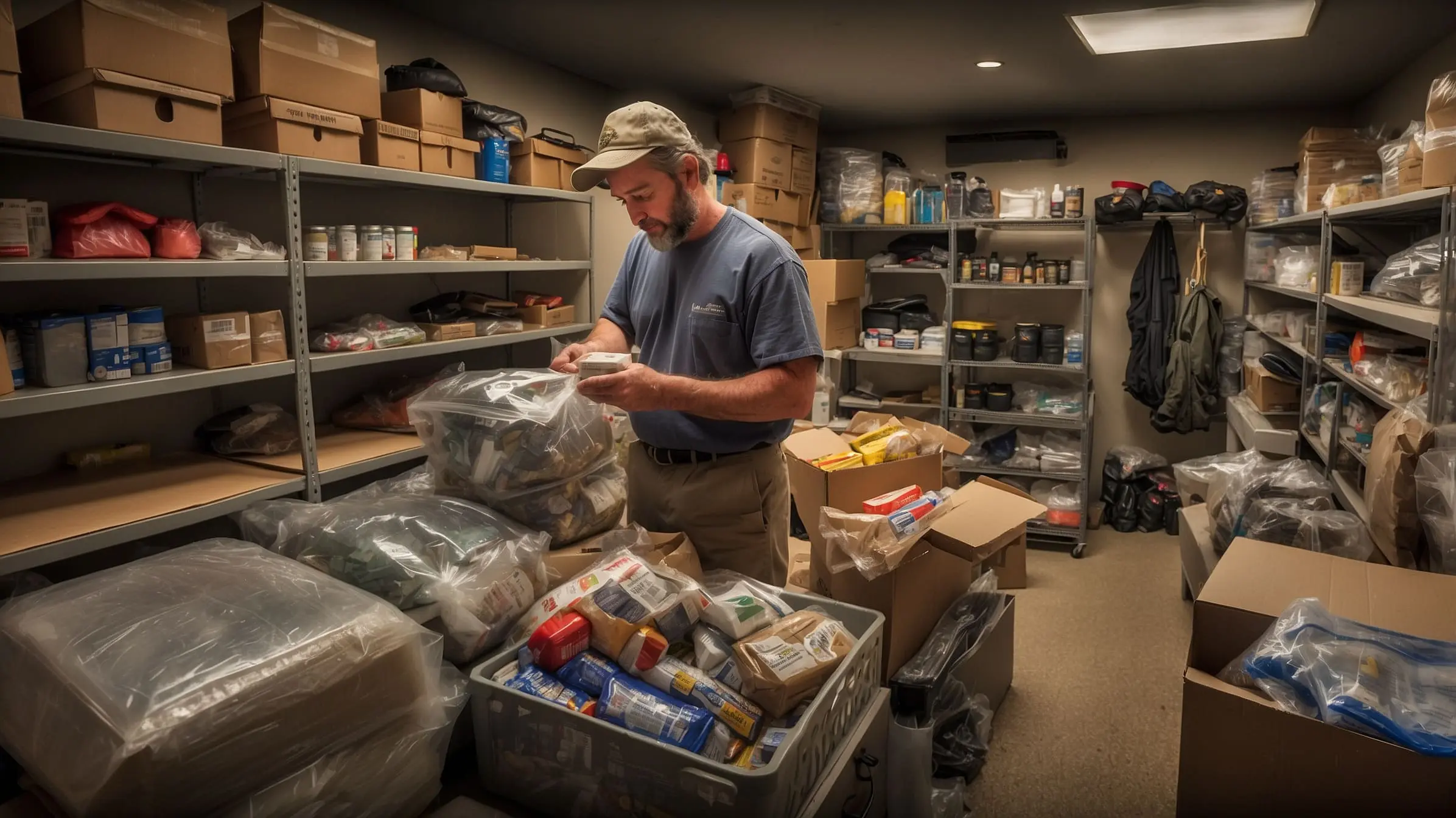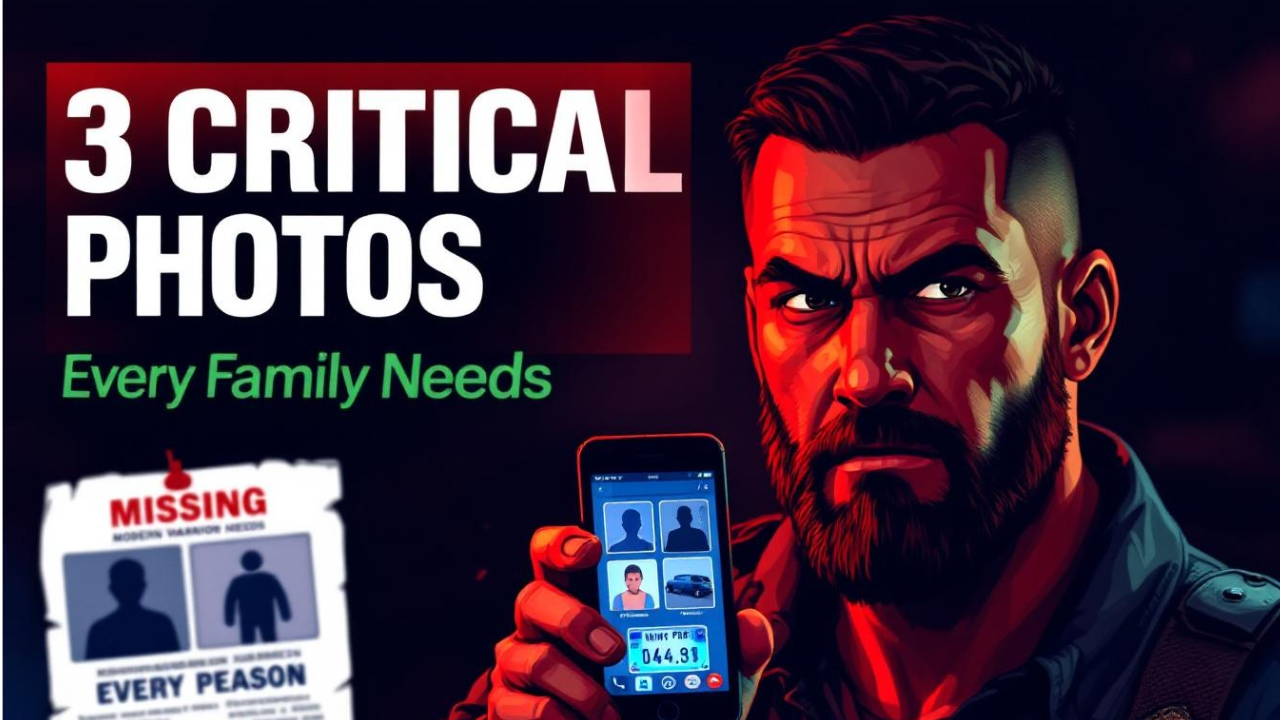Picture this: sirens blaring, chaos unfolding, and staying home is no longer an option. When disaster strikes, bugging out might be your only path to safety. But here’s the truth—it’s not as simple as grabbing a bag and heading out the door. Done wrong, it can cost you everything. In this guide, we’re diving into the essentials you need to survive and thrive during a crisis. Forget the Hollywood myths; this is the real deal. Let’s get you prepared—mentally, physically, and logistically.
Why Mindset is Your Number One Survival Tool
When the world turns upside down, your greatest asset isn’t your gear—it’s your mindset. Panic, fear, and doubt can overwhelm you during a crisis, but staying calm and adaptable is critical. As the saying goes, “Be like water.” Plans can fail, routes can be blocked, and circumstances can change in a heartbeat. Your ability to pivot from Plan A to Plan B—or even Plan Z—can be the difference between success and failure.
Start building mental grit now. Push yourself with physical challenges like hiking with a loaded pack or camping in tough weather conditions. The more you confront discomfort today, the less it will faze you in a high-stress situation. If you’re bugging out with others, ensure everyone is mentally prepared and on the same page. Miscommunication under pressure can lead to catastrophic consequences.
The Foundation of a Solid Bug-Out Plan
Every successful bug-out begins with a clear, actionable plan. Here are the three key components you must include:
- Destination: “Out of here” isn’t a plan. Identify a specific safe location, whether it’s a friend’s house, a family cabin, or a prearranged meeting point. Know exactly where you’re heading.
- Routes: Don’t assume you’ll be able to drive. Scout multiple routes in advance—ones you can walk, bike, or even paddle if necessary. Note potential obstacles, terrain, and places to rest along the way.
- Triggers: Define the specific events that mean it’s time to go. Is it a mandatory evacuation order? Civil unrest? A natural disaster? Having pre-established “go signals” will prevent panicked, last-minute decisions.
Write your plan down and share it with your family or group. Regularly rehearse scenarios mentally so you’re ready to act without hesitation when the time comes.
Gear Essentials You Cannot Overlook
Bug-out bags are a hot topic, but let’s talk about the overlooked essentials that could save your life:
- Map and Compass: Technology can fail. Batteries die, GPS signals drop. Knowing how to navigate using a traditional map and compass is a skill you can’t afford to skip.
- Cash in Small Bills: In a crisis, ATMs won’t work and credit cards will be useless. Cash can get you what you need—or help you barter.
- Water Purification: Bottled water won’t last forever. Equip yourself with a reliable purification method, such as a filter straw, tablets, or a pump filter. Test it beforehand to avoid unpleasant surprises.
Other essentials like layered clothing, fire starters, and basic first aid kits are givens, but the items above often get overlooked. Don’t make that mistake.
Common Mistakes to Avoid When Bugging Out
Bugging out is challenging enough without adding unnecessary errors. Avoid these two big mistakes:
- Overpacking: Every ounce in your bag adds to your burden. Only pack what you absolutely need to survive. Practice carrying your bag to ensure it’s manageable.
- Sharing Your Plans: The more people who know your destination or resources, the more vulnerable you become. Stay discreet. Blend in. Become the “gray man” who doesn’t attract unnecessary attention.
When Staying Put Might Be Smarter
Bugging out isn’t always the right answer. If your home is secure, well-stocked, and not in immediate danger, sheltering in place might be safer. Evaluate your situation honestly—leaving exposes you to unknown risks. Only bug out when staying becomes more dangerous than leaving.
What You Should Do Right Now
Preparation starts today. Here’s your action plan:
- Define your go-to locations and plan multiple routes. Pull out maps and start scouting now.
- Audit your bug-out bag. Remove unnecessary items, and add essentials like a map, compass, and cash.
- Practice basic navigation, walking with your bag, and adapting to discomfort. Build your mental and physical resilience.
Remember, being prepared isn’t about fear—it’s about readiness. With the right mindset, plan, and gear, you can face any crisis with confidence.
Conclusion
Bugging out is serious business, but it doesn’t have to be overwhelming. By focusing on mindset, planning, and the right gear, you can increase your chances of survival significantly. Take the time to prepare now—your future self will thank you. What’s one item or skill you think is most overlooked when bugging out? Share your thoughts in the comments below!
Stay safe, stay prepared, and keep training. For more no-nonsense survival tips, subscribe to Modern Warrior Project. Let’s tackle this journey together.

